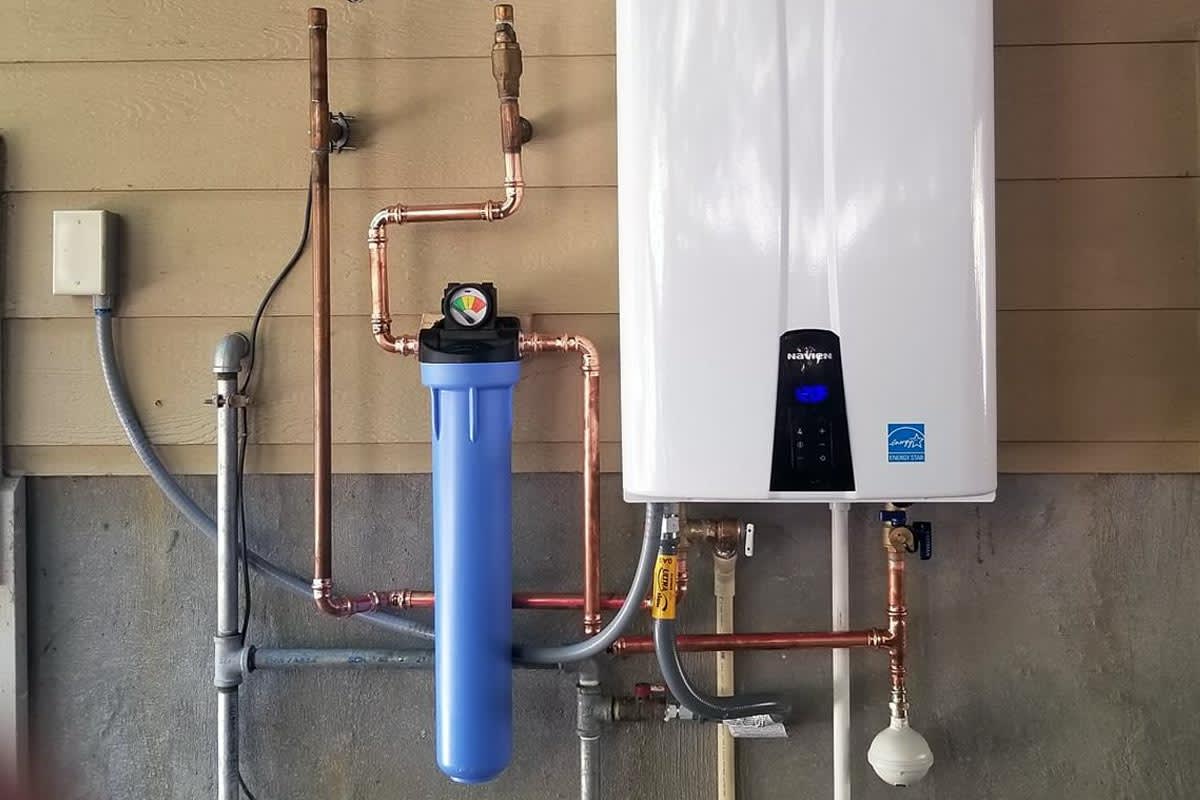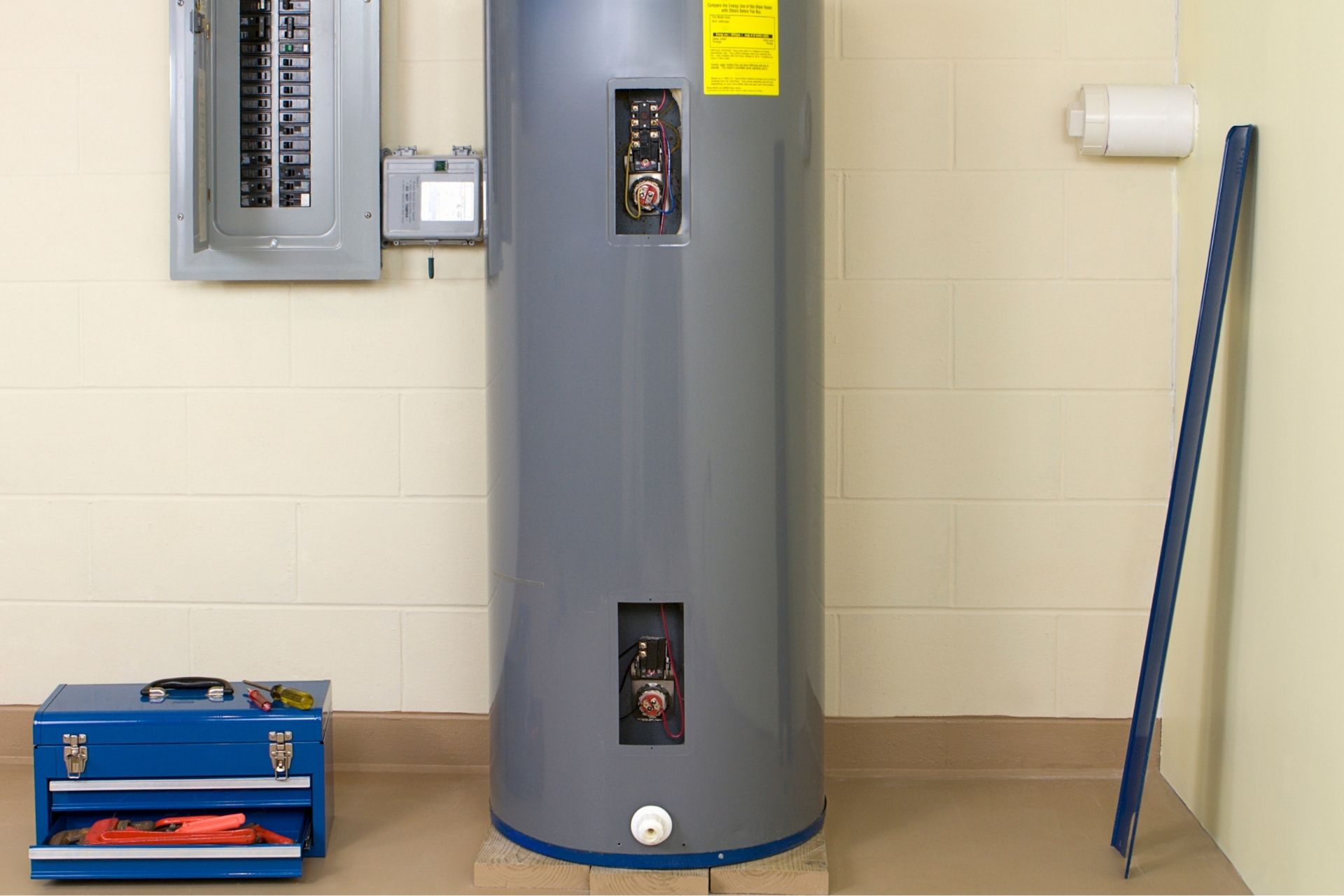We have stumbled upon this article relating to What Kind of Maintenance Do Water Heaters Need? down the page on the net and figured it made good sense to quickly share it with you over here.

Hot water is essential for daily comfort, whether it's for a refreshing shower or washing dishes. To ensure your hot water system runs effectively and lasts much longer, normal upkeep is vital. This article provides useful tips and insights on exactly how to preserve your home's warm water system to avoid disruptions and expensive repair services.
Intro
Preserving your home's warm water system could appear complicated, yet with a couple of straightforward steps, you can ensure it operates efficiently for several years ahead. This overview covers every little thing from recognizing your warm water system to DIY maintenance pointers and knowing when to contact professional assistance.
Value of Keeping Your Warm Water System
Normal upkeep not just extends the life-span of your warm water system but also guarantees it runs successfully. Ignoring maintenance can result in lowered efficiency, higher power costs, and also premature failure of the system.
Indicators Your Warm Water System Needs Upkeep
Recognizing when your warm water system requires focus can protect against significant concerns. Keep an eye out for indicators such as irregular water temperature, weird sounds from the heater, or rusty water.
Recognizing Your Warm Water System
Before diving right into upkeep jobs, it's practical to comprehend the fundamental elements of your hot water system. Generally, this includes the water heater itself, pipes, anode rods, and temperature controls.
Regular Monthly Maintenance Tasks
Routine regular monthly checks can assist capture small problems before they escalate.
Purging the Hot Water Heater
Purging your water heater removes debris build-up, enhancing efficiency and lengthening its life.
Monitoring and Replacing Anode Rods
Anode rods protect against deterioration inside the storage tank. Examining and replacing them when broken is essential.
Evaluating and Readjusting Temperature Settings
Readjusting the temperature setups makes sure optimal efficiency and security.
DIY Tips for Upkeep
You can do a number of upkeep jobs yourself to maintain your hot water system in leading problem.
Checking for Leakages
Frequently evaluate pipelines and connections for leakages, as these can result in water damage and higher costs.
Evaluating Pressure Alleviation Valves
Testing the stress relief valve guarantees it works correctly and stops extreme stress accumulation.
Insulating Pipelines
Insulating warm water pipes minimizes heat loss and can conserve energy.
When to Call a Specialist
While DIY upkeep is advantageous, some problems require specialist proficiency.
Facility Issues Calling For Professional Aid
Examples consist of major leaks, electric problems, or if your hot water heater is regularly underperforming.
Regular Professional Maintenance Conveniences
Expert upkeep can include complete inspections, tune-ups, and guaranteeing conformity with safety standards.
Final thought
Normal maintenance of your home's warm water system is essential for efficiency, durability, and price savings. By complying with these pointers and knowing when to seek expert aid, you can ensure a reputable supply of warm water without unanticipated disruptions.
Water Heater Maintenance: The Basics
Maintaining your water heater will ensure it operates efficiently and has a longer lifespan. Neglecting regular maintenance can lead to costly repairs and an even bigger chunk of your savings if you have to replace it sooner than necessary. But there’s good news: Most water heater maintenance tasks are relatively simple and easy for homeowners with basic DIY skills.
Flush the Water Heater
Over time, sediment and minerals can build up in the tank, reducing its efficiency and potentially causing damage. To flush the tank, turn off the power or gas supply, attach a hose to the drain valve near the bottom and open the valve to drain the water until it runs clear. Ideally, flush the tank annually.
Replace the Anode Rod
The anode rod is a sacrificial metal rod that helps prevent corrosion inside the tank. Inspect and replace it every three to five years or per the manufacturer's recommendation. To replace the anode rod, turn off the power or gas supply, drain a few gallons of water from the tank, unscrew the old rod and replace it with a new one. If the anode rod is significantly corroded or covered in calcium buildup, it's a sign the water heater may need to be replaced soon.
Tune-Up
A yearly tune-up can help identify potential issues and ensure your water heater operates at peak efficiency. This typically involves checking the thermostat, burner assembly (for gas heaters) and any other components specified by the manufacturer. During a tune-up, the technician may also clean the burner and adjust the pilot light (for gas heaters) or examine the heating elements (for electric heaters).
How to Maintain Your Water Heater
Insulate the tank. Insulating the tank can improve energy efficiency and reduce heat loss, saving you money on energy bills. You can purchase precut insulation blankets designed specifically for water heaters or use standard fiberglass insulation wrapped securely around the tank. Check the temperature. The recommended water temperature for most households is around 120 degrees Fahrenheit (49 degrees Celsius). Higher temperatures can increase energy costs and potentially cause scalding. Use a kitchen thermometer to check the temperature at the faucet nearest the water heater. Monitor water pressure. Excessive water pressure can strain the water heater and cause leaks or even tank failure. Install a pressure-reducing valve if necessary. The ideal water pressure range is between 60 and 70 PSI (pounds per square inch). Test the temperature and pressure (T&P) relief valve. The T&P relief valve is a safety feature that releases pressure if the tank gets too hot or the pressure builds up too high. Test it annually by lifting the lever and allowing a small amount of water to release. Replace the valve if it doesn't release water or reseal properly. Check for leaks. Regularly inspect the tank, pipes and fittings for leaks or corrosion. Deal with issues promptly to prevent further damage. Even a small leak can lead to significant water damage over time. Consider a tankless water heater. If your traditional tank-style water heater is nearing the end of its lifespan ( typically 10 years), consider replacing it with a tankless water heater. These units heat water on demand, reducing standby energy losses and potentially saving you money on your energy bills. Schedule professional maintenance. While homeowners can perform many water heater maintenance tasks, it's still a good idea to schedule professional maintenance every few years. A plumber or HVAC technician can thoroughly inspect the unit, identify potential issues and ensure it operates safely and efficiently. https://www.homeserve.com/en-us/blog/home-improvement/hot-water-heater-maintanence/

We had been made aware of that article on Water Heater Maintenance Tips You Can't Afford to Forget from a buddy on another web property. Appreciated our posting? Please quickly share it. Let another person discover it. We cherish reading our article about How to Maintain Your Water Heater & Prolong its Life.
Request Your Service